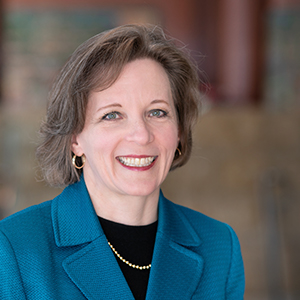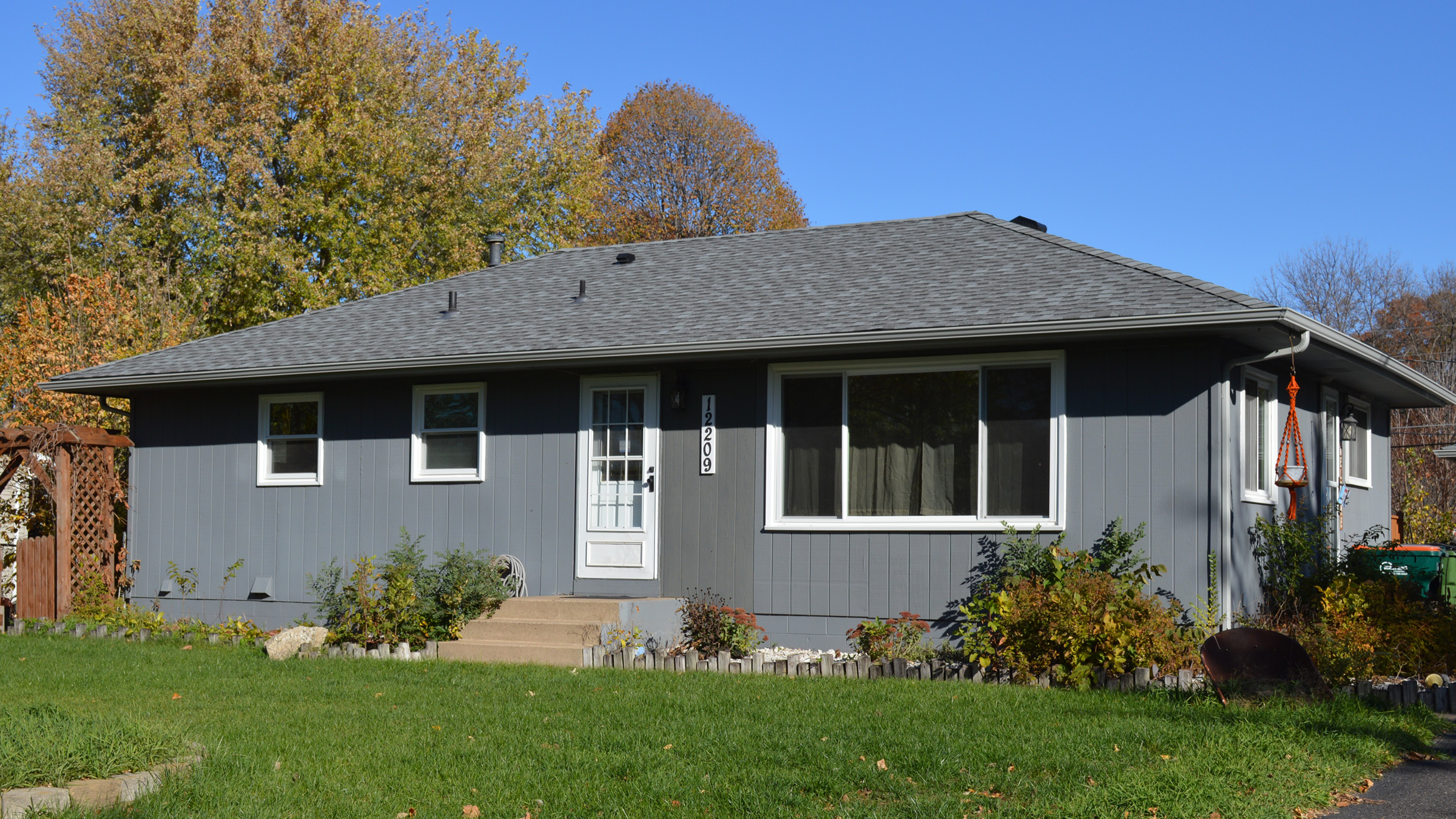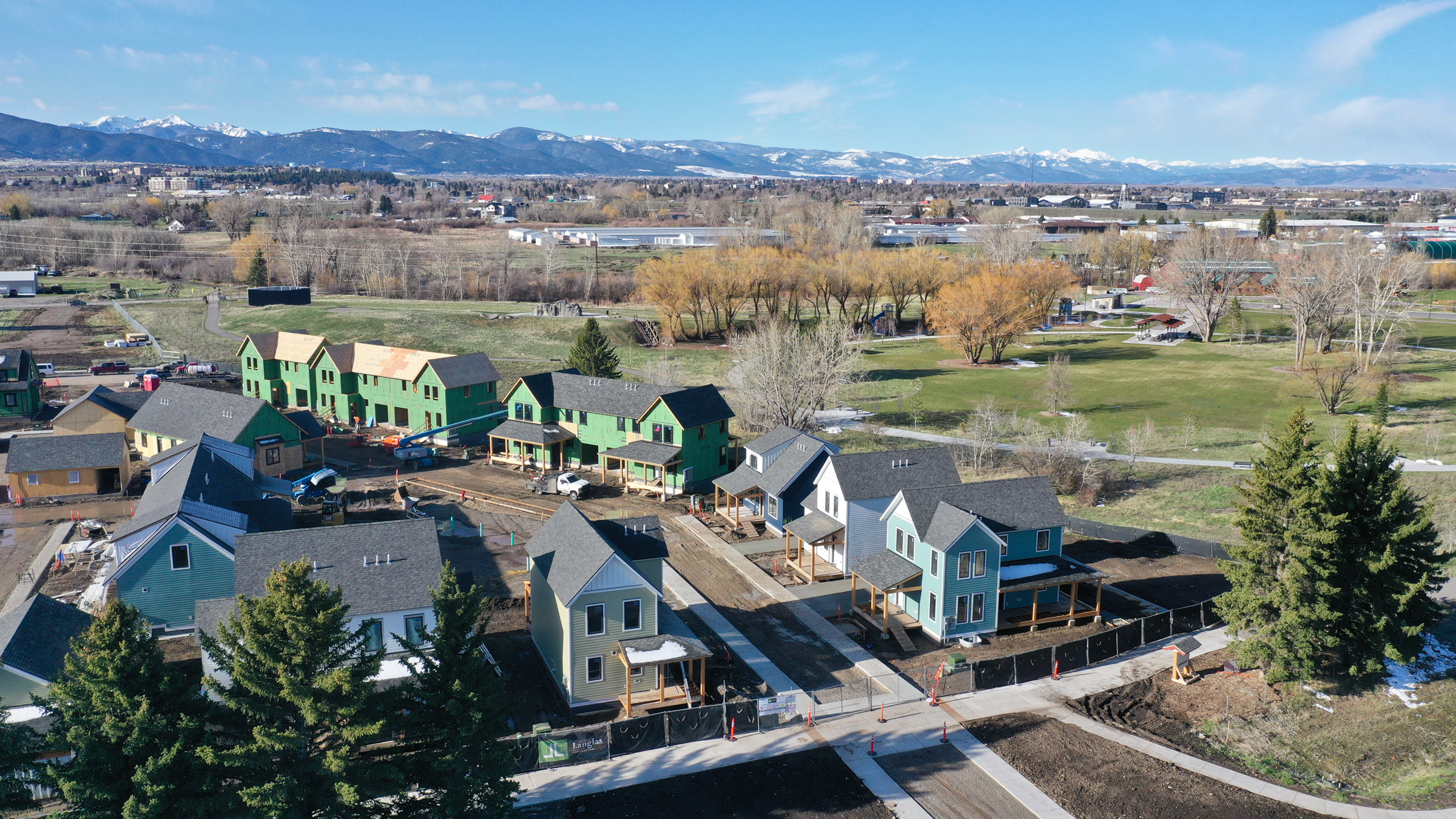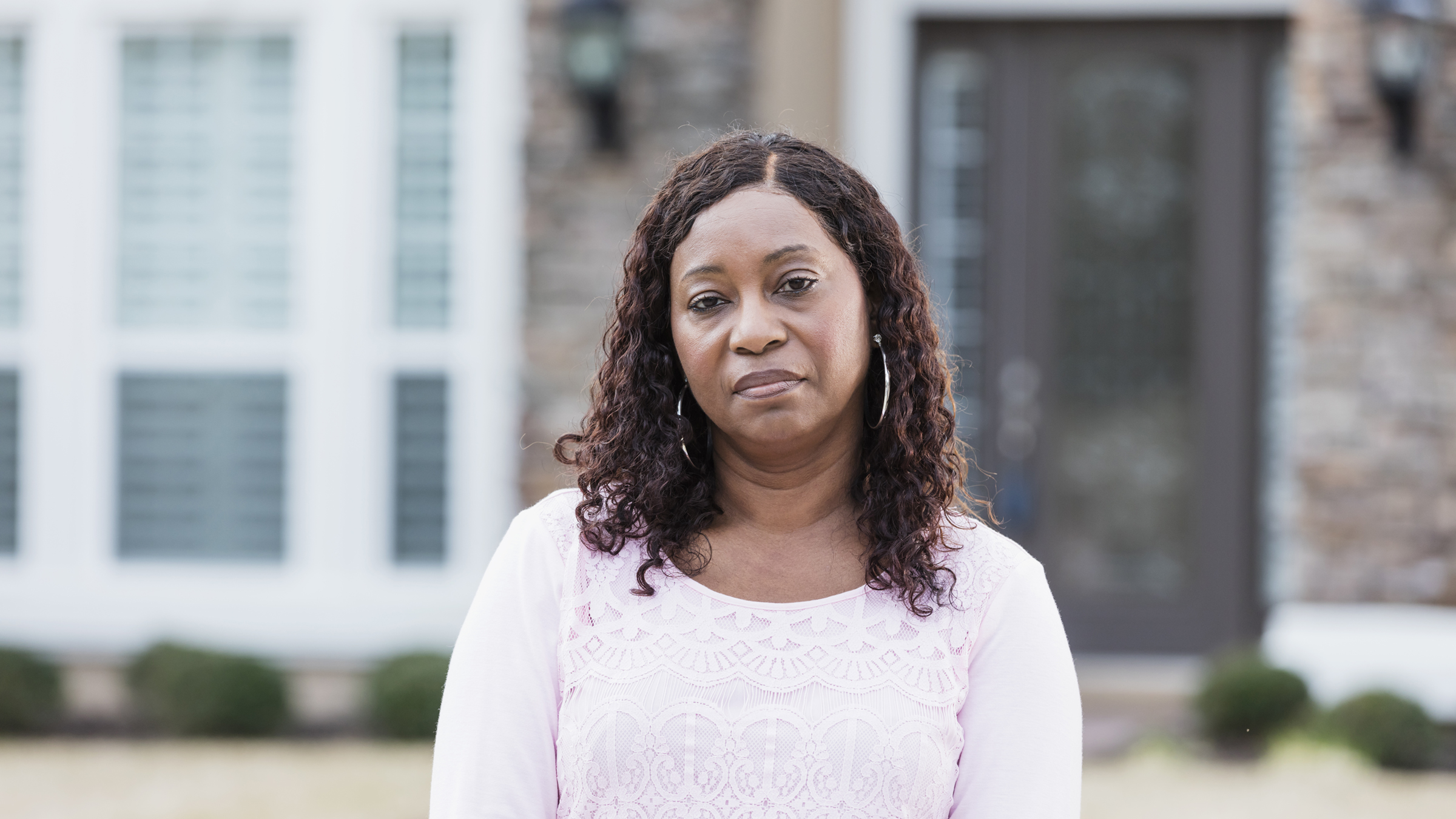In the last few years, the rise of investor-owned, single-family rental homes has drawn the attention of both housing policymakers and neighborhood residents. While single-family rentals offer families an option for more space and amenities than apartments typically offer, the specter of remote, corporate landlords makes both tenants and neighbors uneasy. To inform this dialogue and quantify the scale and impact of this trend, the Federal Reserve Bank of Minneapolis released an interactive tool that lets users explore how the rate of investor ownership in the Twin Cities region has changed over time and space. Now, we dig deeper into the geographic trends of where investors are acquiring (and selling) single-family rentals.
Investor ownership of single-family homes doubled from 2006 to 2015 but has stabilized since then, as shown in Figure 1. In 2006, the earliest year for which complete data are available, investors owned only 1.7 percent of single-family, detached homes in the seven-county Twin Cities region.1 By 2015, investors owned 3.4 percent of single-family, detached homes in the seven-county Twin Cities region—a share that changed only slightly through 2022. This equates to about 25,000 homes and represents about 54 percent of all single-family rentals in the market.2 (In our “About the data” appendix below, learn more about what we include or don’t include in this count.)
The share of single-family rentals, in the Twin Cities region and nationally, started rising in 2007 with the Great Recession. In communities that saw high shares of foreclosures, converting foreclosed homes into rental homes minimized the occurrence of vacant, boarded-up homes and created opportunities for displaced homeowners to stay in their neighborhoods. Meanwhile, the bottoming out of home prices, particularly in distressed areas, created economic opportunity for investors with the financial capacity to acquire homes. Over the last five to seven years, while the share of investor-owned homes has stabilized, the geography of these homes has shifted.
Where are investor-owned homes in the Twin Cities region?
Focusing on the overall share of investor-owned, single-family rentals in the region masks both the density of investor-owned, single-family rentals and the rate of change in some areas. One-third of single-family rentals in the seven-county Twin Cities region are in Minneapolis and St. Paul, where investors own 6.1 percent and 6.7 percent of single-family homes, respectively.
The highest rates of investor ownership are in the small, 500-person city of Willernie (12.7 percent), perhaps a legacy of its roots as a summer-cottage community; and Lauderdale (9.1 percent), a suburb located near the University of Minnesota. Many of the high rates of investor ownership can be found in older, centrally located, moderate-income suburbs such as Brooklyn Center (5.6 percent) and Columbia Heights (also 5.6 percent). However, some affluent suburbs have high rates as well, such as Wayzata (8.6 percent), a community on Lake Minnetonka.
As Figure 2 shows, across the seven-county Twin Cities region, there are 60 tracts where at least 10 percent of single-family homes are investor-owned rentals, including 10 tracts where at least 20 percent are investor-owned rentals. At the census tract level, the highest shares of investor-owned, single-family rentals are in North Minneapolis; the area surrounding the Minneapolis campus of the University of Minnesota; and the Frogtown, North End, and East Side neighborhoods of St. Paul. Some of this pattern, such as the census tracts surrounding the student-rich University of Minnesota, reflects neighborhoods with a high demand for rental property: in one tract northeast of the university, 42.9 percent of single-family homes were investor-owned rentals.
In the Twin Cities region, census tracts where the share of investor-owned, single-family rentals is higher tend to have lower median household incomes, as shown in Figure 3. Among the 278 census tracts with a median household income above $100,000, only 26 have more than 3.4 percent investor-owned, single-family rentals, the Twin Cities region’s overall rate. Conversely, among the 45 census tracts with a median household income below $50,000, 39 have more than 3.4 percent investor-owned, single-family rentals. This pattern reflects the disproportionate presence of investor-owned, single-family rentals in student-dominated zones as well as in areas hard hit by the foreclosure crisis 15 years ago.
The data also show racial and ethnic patterns in the distribution of investor-owned, single-family rentals. In the Twin Cities region, census tracts where the share of investor-owned, single-family rentals is higher tend to have fewer White, non-Latino/a residents and more Asian, Black, Latino/a, or Native American residents. As Figure 4 shows, among the 371 census tracts with more than 75 percent White, non-Latino/a residents, only 67 have more than the regional average of 3.4 percent investor-owned, single-family rentals. Conversely, among the 41 census tracts with less than 25 percent White, non-Latino/a population, nearly all (39 tracts) have more than the regional average of 3.4 percent investor-owned, single-family rentals. (The two census tracts that have both a high share of single-family rentals and a relatively high share of White, non-Latino/a residents are within the orbit of the University of Minnesota.)
How are patterns of investor ownership changing across the region over time?
Overall, as Figure 1 showed, the share of investor-owned, single-family rentals has been relatively stable in the Twin Cities region in recent years. However, within the context of this relative stability, some parts of the region are seeing the share of investor-owned, single-family rentals grow, while others are seeing it shrink. Figure 5 compares the share of investor-owned, single-family rentals in each census tract in 2022 to the corresponding share in 2017. Between 2017 and 2022, the largest percentage-point increases have been in two tracts adjacent to the University of Minnesota, which saw increases from 28.6 percent to 36.7 percent and 35.6 percent to 42.9 percent, respectively, and a census tract in St. Louis Park, which saw an increase from 2.2 percent to 10.1 percent. (See also Figure 7.) Other census tracts seeing increases of 4 percentage points or more in the share of investor-owned, single-family rentals are in Maple Grove and in Minneapolis’ Phillips, Sheridan, and Prospect Park neighborhoods.
Recently, a trend seen in other regions of the United States has arrived in the Twin Cities: high-end development of single-family rentals. Watermark Equity Group has built communities in Inver Grove Heights, Maple Grove, Plymouth, and Woodbury, and Integrate Properties is building a community in Victoria. While this is a growing trend, these new communities—with about 600 homes total so far—represent less than 3 percent of all investor-owned, single-family rentals in the Twin Cities region. However, these homes do represent a significant source of growth in investor-owned, single-family rentals in wealthier (and often Whiter) suburbs.
Within the redistribution of investor-owned, single-family rental homes across the region over the last five years, the share of investor ownership is falling in many of the census tracts that had relatively higher rates of investor ownership in 2017. Figure 6 shows this trend. As these tracts have not seen large increases in the number of investor-owned, single-family homes overall, these data suggest that homes in these neighborhoods are returning to being owner-occupied.
Pulling out the top five census tracts with the highest shares of investor-owned, single-family rentals in Minneapolis and St. Paul and the top ten tracts in suburban locations offers a better view of how investor ownership has changed over the last 15 years. Figure 7 shows these trends. While census tracts in North Minneapolis have historically had and still have a higher share of investor-owned, single-family rentals, the rate for the one North Minneapolis tract shown in Figure 7, which is located in the Hawthorne neighborhood, seems to have peaked, as this tract is experiencing a decrease in the share of investor-owned, single-family rentals. In contrast, two census tracts near the University of Minnesota continue to see a trend of increasing investor-owned, single-family rentals since 2006 and now have the highest shares of investor-owned, single-family rentals. Top census tracts in St. Paul and in suburban locations offer similar insights. St. Paul’s top tracts started at a relatively high share of investor-owned, single-family rentals in 2006, have peaked, and are seeing a decrease or are stabilizing, whereas top tracts in the suburban areas started at a lower share of investor-owned, single-family rentals and have seen increasing shares throughout the entire period.
As Figures 3 and 4 showed, census tracts with lower median household incomes and fewer White, non-Latino/a residents tend to have higher shares of investor-owned, single-family rentals. However, some of these tracts have also seen a declining share of investor-owned, single-family rentals from 2017 through 2022. And conversely, as shown in Figure 9, while most neighborhoods have seen a relatively stable share of investor-owned, single-family rentals over the last five years, census tracts with higher shares of White, non-Latino/a residents have attracted more single-family investors. Among the lowest-median-income neighborhoods, there is, on average, a slight decrease in the share of investor-owned, single-family rentals, but the share does not seem to vary in other neighborhoods with higher median incomes (see Figure 8).
Several forces are driving these shifts in the geography of investor ownership. First is the increasing suburbanization of single-family rentals as investors diversify their strategies into a broader array of neighborhoods. Minneapolis and St. Paul’s combined share of the region’s investor-owned, single-family homes peaked in 2010 at 36.0 percent and has fallen steadily since. Second, as mentioned previously, is the growth of built-to-rent communities, which are locating in growing, higher-income suburbs. Finally, in many of the lower-income neighborhoods in the core cities of Minneapolis and St. Paul with high investor ownership rates, investor ownership seems to have peaked, and more homes are returning to being owner-occupied.
As investor ownership of single-family rentals in the region ebbs and flows, we expect it will continue to attract great interest. On the one hand, as noted earlier, a supply of single-family rentals provides more housing options for families, especially at an economic moment when homeownership seems further out of reach for lower-income households. On the other hand, single-family landlords motivated by maximizing profit may provide tenants and their neighbors a lower-quality experience. Moreover, investors often outcompete prospective homebuyers, making homeownership more difficult for them to attain. In future analyses, we’ll address what types of investors are acquiring homes in the Twin Cities, what types of properties attract investors, and what policy solutions, locally and nationally, have been proposed to address problems that may be associated with investor ownership.
Appendix: About the data
Identifying single-family rentals
Here, we focus on single-family, detached homes only, which we define as stand-alone structures containing a single dwelling unit, excluding townhomes and condominiums. In our data, single-family homes account for about 83 percent of single-dwelling units that are traditionally owner-occupied. We also focus on for-profit investors, excluding homes that are owned by a financial institution (e.g., when a lender takes ownership of a foreclosed home before selling it off to a third party) or by a public or community-based entity (e.g., a community land trust or a public housing agency).
We define an investor as any entity that owns at least two non-homesteaded homes in the seven-county Twin Cities region. While the cutoff of two properties for the investor proxy is arbitrary and may be over-inclusive, it allows us to both capture the maximum number of investors and still exclude those individuals who own a second home. On the flip side, landlords who only own one rental property are not captured in our definition. The exclusion of such landlords at least partially explains the difference between our total estimate of investor-owned, single-family homes and what the American Community Survey reports. Note that our methodology is unable to distinguish long-term rentals from short-term rentals made available through sites like Airbnb and Vrbo. Learn more about our methodology for identifying investors in the technical appendix of our tool.
Endnotes
1 The seven counties making up the region are Anoka, Carver, Dakota, Hennepin, Ramsey, Scott, and Washington.
2 Based on the U.S. Census Bureau’s 2017–2021 American Community Survey, in 2021 there were 46,372 renter-occupied, single-family homes in the Twin Cities region. The remaining homes are at least partially owned by someone who owns only one property.
Libby Starling is Senior Community Development Advisor in Community Development and Engagement at the Federal Reserve Bank of Minneapolis. She focuses on deepening the Bank’s understanding of housing affordability, concentrating on effective housing policies and practices that make a difference for low- and moderate-income families in the Ninth Federal Reserve District.








